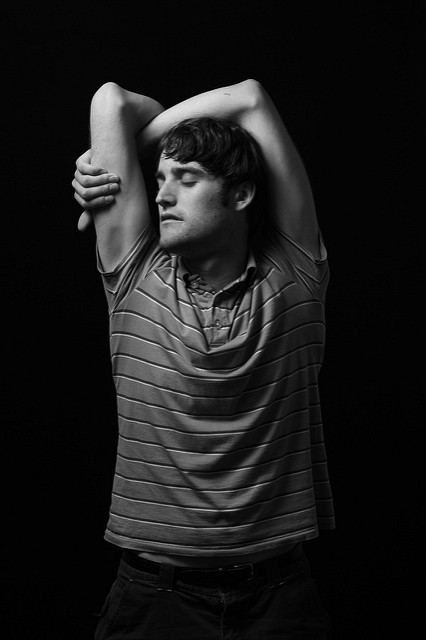Periodic breaks have been shown to generate greater creativity and productivity during working hours. Active pauses are physical and mental exercises performed by a worker for a short time during the day in order to revitalize his / her body energy and refresh the mind.
Quite contrary to what was commonly thought, periodic breaks generate greater productivity, they inspire creativity and improve the positive attitude of employees. They are also recommended to prevent the atrophy of some body members. The advantages and benefits of these practices are multiple, immediate and they work in the long term.
Some the main benefits of active pauses are stress decrease, better blood irrigation, the improvement of the sitting posture and better concentration. Of course, several diseases and aches derive from the labor activity. Visual fatigue, for example, is produced by the regular decrease of the blinking due to the continuous reading of documents. This can lead to a severe headache (one of those…) and ocular dryness. Back pain is also very frequent. It is usually caused by bad postures taken throughout the day. One of the most dangerous: the carpal tunnel. This ailment consists of pain or cramps in the wrist by prolonged and repetitive click. The discomfort can spread to the elbow and even lead to tendinitis and it’s really painful.
What can you do to prevent them?
Read also: How to optimize the Human Resources management of your company, by Jason Hanold
Eyes
Blinks several times, until the eyelids become wet. Cover your eyes with your hands (without pressing) and move your eyes to the right, hold your gaze for 6 seconds and return to the center. Repeat the exercise to the left. Each movement should be smooth and slow. Repeat 3 times. Then, look up. Stay 6 seconds to the ceiling and return to the center. Do the same while looking at the ground.
Draw circles with your eyes. Two circles to the right first and then two circles the left. Each movement should be smooth and slow. Repeat this exercise three times.
Swipe your index finger toward your nose, look at the tip of your finger for 10 seconds, then move your finger in several directions following your eyes. You can also rub your hands to warm them and then put them over your closed eyes as long as you wish.
Neck
With both hands, massage the posterior muscles of the neck and the upper region in the back. Perform this exercise for 15 seconds. Then bend your head, trying to touch your chest with your chin. In this position, gently push your chin to the right side for 10 seconds, then bring it to the left side.
You can also turn your head to the right side (gently, please), hold the look over your shoulder for 10 seconds, return to the center and then turn it to the left side.
Place your right hand on the head and close to the left ear, tilting your head. In that position, try to touch the right shoulder with your ear or until you feel a slight tension on the left side of the neck. Hold the stretch for 10 seconds and bring the head to the center. Then perform the stretching of the left side by bringing the ear to the corresponding shoulder. Repeat this exercise 3 times on each side.
Shoulders

Image courtesy of eflon at Flickr.com
Place your hands on your shoulders and simultaneously draw 5 large circles backward, slowly and smoothly. Then relax your arms and raise both shoulders as high as you can and hold for 5 seconds. Then rest.
Outstretch both arms aligned with your shoulders. Draw simultaneously 5 large circles forward. Repeat the movement by drawing the circles backward. Then place your left hand behind your neck, then pass the right hand over the head by grasping the elbow of the left arm and push it back. Hold for 5 seconds and rest.
Hands and elbows
Bend your elbows leaving your palms down. Hold your hands and draw some circles with your wrists (slowly). Perform this movement five times outwards and five times inwards.
Hold your hands tightly and open them by stretching and separating the fingers with a slight tension. Hold each movement for 5 seconds. Then, with one hand at a time, flex finger by finger, starting with the little finger. Continue with the rest of the fingers until you close your fists. Then do the exercise with the other hand.
Bend your elbows and bring your hands to the chest with your fingers pointing upwards, then gently rotate your forearms with your fingers down, holding the palms together. Hold this position and repeat the stretch with your other hand.
These exercises won’t take you long time, and the benefits are huge. In this video, you can also find good exercises you can implement into your daily routine:
Upper Body Active Stretch Workout

